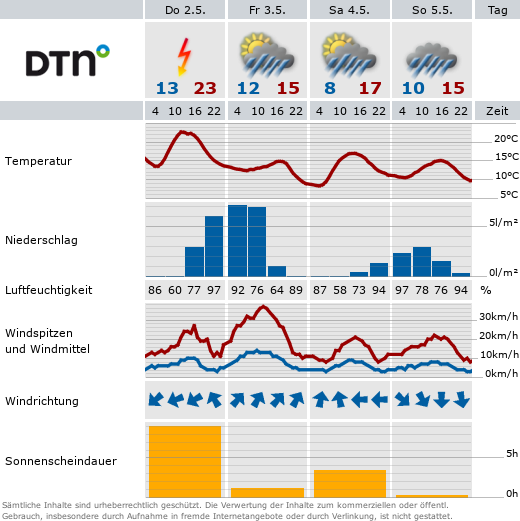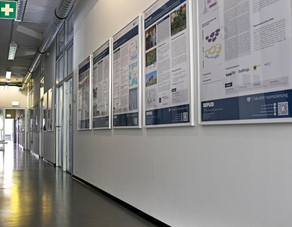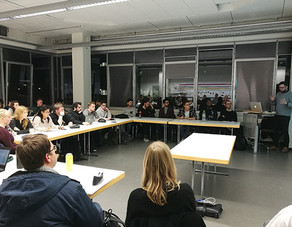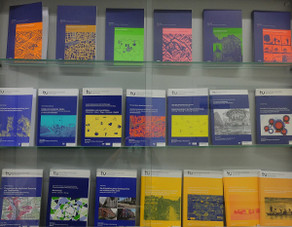Winter term 2022/2023
(only available in German)
Bemerkung
Die Veranstaltung ist teilnahmebeschränkt. Das Anmeldeverfahren für alle Veranstaltungen findet zum Ende des vorherigen Semesters statt. Informationen und Fristen werden auf der Homepage der Fakultät und per E-Mail bekanntgegeben.
Hintergrund
Moderne Gesellschaften sind verwundbar gegenüber vielfältigen Prozessen, die sowohl natürliche wie menschgemachte Ursachen haben (siehe COVID-19!)
In der Regel haben Risiken eine räumliche Komponente, weil sie in bestimmten Räumen entstehen, sich ausbreiten und auswirken.
Raumplanung trifft Entscheidungen, ob und wie bestimmte Räume genutzt werden sollen und hat dabei ihre Gefährdung gegenüber Natur- und Technikgefahren sowie die Verwundbarkeit von Raum- und Siedlungsstrukturen zu berücksichtigen. Planerische, vorbeugende Auseinandersetzung mit Risiken aus natürlichen und technischen Gefahren ist eine wichtige Aufgabe für Raumplanung wie auch die Extremhochwasser diesen Sommers gezeigt haben. Die Bedeutung nimmt durch Klimawandel weiter zu.
Ziel des Seminars: Die Vermittlung der raumplanerischen Relevanz der Risiken aus Natur- und Technikgefahren. In dem Seminar sollen die maßgeblichen Theorien der Hazard- und Risikoforschung, aber auch der Klimafolgenforschung diskutiert werden. Des Weiteren ist eine kritische Auseinandersetzung mit der Rolle der Raumplanung bei der Abschätzung und beim Management von Risiken und der Anpassung an den Klimawandel vorgesehen. Schließlich werden konkrete Anwendungsfälle aufbereitet und vor dem Hintergrund des erlernten Theoriewissens reflektiert.
Termin: Dienstag, 11.10.2022 bis 31.02.2023, 10:15 - 11:45 Uhr, wöchentlich
Ort: GB III, R 517
Weitere Informationen: Veranstaltung im LSF
Dozent: Prof. Dr. Stefan Greiving (IRPUD)
Today the impacts of climate change belong to the most challenging issues in planning at all administrative levels. The seminar therefore intends to introduce the different facets of climate change and its inherent risks as well as to provide showcase strategies and approaches which are appropriate for communities to cope with them. The mission is to enable future planners to address impacts of climate change through mitigation and adaptation measures involving relevant actors and stakeholder. The first part of the seminar is shaped by faculty members introducing principles of climate change and risk management. The second part focuses on individual presentations from participants dealing with specific aspects of climate change to acquire more practical knowledge.
Date: Tuesday, 11.10.2022 - 31.01.2023, 8:30 - 10:00 am, weekly
Location: GB I, R 410
Further information: Event in LSF
Lecturers: Prof. Dr. Stefan Greiving (IRPUD), Dr. Anne Weber (SPZ)






